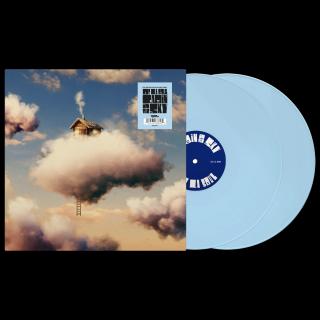Advertisement
When you think of Antarctica, you probably picture ice, snow and penguins. You don’t normally think of people, other than the odd intrepid explorer driving his dogsled across a frozen landscape.
And yet a few thousand human beings do work in bases spread across Antarctica during what passes for the continent’s summer. And nearly 700 stay through the winter, when the sun never rises, the winds blow fiercely and the temperature dips far, far below zero.
Anthony Powell’s documentary Antarctica: A Year on Ice shows what it’s like to be one of those rare individuals who dare to spend 12 months on the continent at the bottom of the world. It’s fascinating both visually and psychologically.
Who are these folks? Scientists, of course, but New Zealander Powell trains his camera on what one visitor refers to as “normal people”: firefighters, mechanics, shopkeepers.
What all of them share is a sense of adventure. They’re willing to put up with the body-numbing cold and the spirit-numbing isolation just for the chance to experience a land that few will ever see.
“There’s still places here where no human has ever set foot,” says Powell, who has come back over and over and is clearly as entranced as anyone.
Powell shares his infatuation by filming images of other-worldly vistas—including the ice-free Dry Valleys, which he describes as Earth’s closest equivalent to the surface of Mars. Often he uses time-lapse photography to capture sights such as the movement of the sun as it crosses the sky just over the horizon, or the neon-green patterns of the Southern lights.
A colony of Adelie penguins also makes a brief appearance, as no self-respecting Antarctica documentary would dare leave them out. But for the most part, the emphasis is on people, specifically those who live and work in the U.S.-run McMurdo Station.
We watch as they attempt to build camaraderie by celebrating Christmas, New Year’s and even a wedding. The groom jokes that, for women hoping to find a mate in Antarctica, “The odds are good, but the goods are odd.”
The few who remain during the long, dark winter know that they’re stuck there for six months, as no plane or ship can get through. When they’re not working, they pass the time by engaging in pursuits as sedentary as reading or as silly as setting up a dunk tank.
Though the interviewees mostly talk about their personal experiences—what they love and hate about being there—they occasionally wax political. The Earth’s nations get along better here than anywhere else, one notes, as they’ve agreed to limit themselves to scientific pursuits. But what if oil is discovered? Will international cooperation become a thing of the past?
As enlightening as the documentary is, some may wish it offered a bit more information. For instance, just what kind of scientific inquiry goes on at these research centers? But maybe this is proof that the film has done its job: It leaves you wanting to know even more about this beautiful but fiercely inhospitable continent.
Rating: 4 stars (out of 5)
Antarctica: A Year on Ice, rated PG, opens Friday (Nov. 12) at the Gateway Film Center in Columbus.



